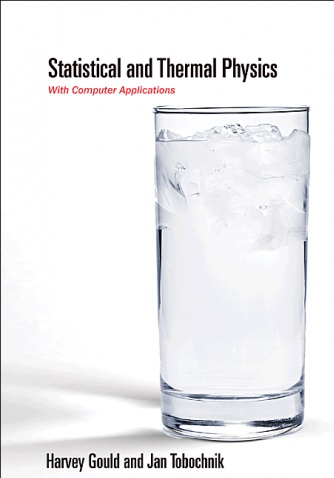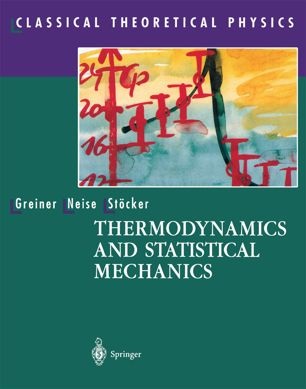This is an undergraduate level course with a computational approach. You need to solve both analytic and numeric problems and do some simulations. If you have little or no background in programming, don’t worry! It’s a good point to begin this journey!
The first of all, lets see what does Leonard Susskind say about thermodynamics and statistical Physics: Link
-
The line of Teaching:

- A quick review of Thermodynamics
- Concepts of Probability
- Microcanonical, Canonical and Grand Canonical Ensembles
- Magnetic Systems
-
Here are the main references that we follow through the semester:
Statistical and Thermal Physics: With Computer Applications
Harvey Gould and Jan Tobochnik
Princeton University Press (2010)
Thermodynamics and Statistical Mechanics
Greiner Walter, Neise Ludwig, Stöcker Horst
springer (1987)
Advanced Topics:
-
For programming, here are some good courses for people with little or no experience in python:
- Two Persian references to improve your knowledge of Python:
-
You need more skills and experiences for doing your homework and assignments, so to improve your abilities in programming, you can enroll in the following courses:
- The first 2 weeks of Using Python for Research (EN)
-
You can have a quick review of the basic concepts of Thermodynamics by reading this note.
-
We recommend watching Leonard Susskind and John Preskill courses on Statistical Mechanics. Both of these courses are available on the internal network of SBU. Susskind’s videos are also available on aparat, see here.
Grading Policy:
- Class Activites, (6+2)/20: Active attendance, assignments, projects, and quizzes
- Exams, 14/20: Midterm Exam: 4/20 and Finalterm Exam: 10/20

